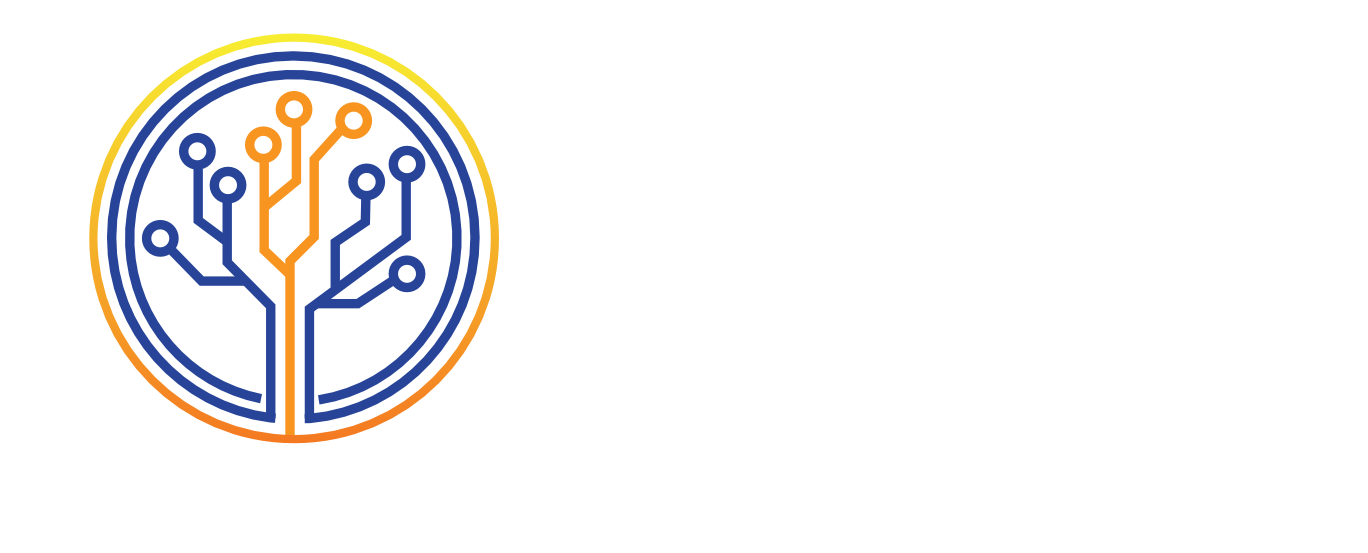How Apple’s Vision Pro Can Potentially Transform UX and UI Design
Here’s a disclaimer: I’m actually not a fan of Apple products. But even I can’t help but be (slightly) impressed by Apple’s Vision Pro and what it means to the future of digital experience. The potential impact of this operating system is exciting and scary, especially when you look at it from a UX design perspective. Though I do not think that the average user will go Johnny Mnemonic, Minority Report or Tony Stark level usage anytime soon, the potential path is there.
What is Vision Pro?
In case you haven’t caught on yet, Apple recently introduced a new high tech headsets they called Vision Pro. Dubbed as the world’s first spatial computer, the headset is powered by a brand-new operating system known as visionOS, which leverages both augmented reality and virtual reality. Augmented reality is perhaps already familiar to many of us through the popular mobile game Pokémon Go. Additionally, companies like Boeing have harnessed the power of AR to enhance engineering processes by overlaying virtual instructions on physical objects. I still have “Playstation 5” and “Beat Sabre” somewhere in my personal wishlist.
In true Apple fashion, Vision Pro, like the iPhone, is still a rehash (but vastly improved version) of old tech and ideas that gets marketed right for the right people. But for some Apple fans, this is a get-this-or-die-trying “groundbreaking” product. Looking closer at the bulk of the marketing I have seen so far, Apple is highlighting its AR tech as the forefront of possibilities. Truth be told, augmented reality is probably where Apple would win the headset war at, against the likes of other players like Meta.
The Augmented Trump Card
From my perspective as a UX designer, it makes perfect sense. The advantage of augmented reality is that it puts the virtual INTO our reality, rather than trying to recreate an entire reality virtually. No matter how awesome Metaverse may be, it represents humanity’s detachment from the real world. The idea of living and working in a virtual world sounded like the beginning of an apocalyptic scenario. Humanity is uncomfortable with such arrangements.
This is where Apple gets it right. In a masterclass about understanding user design, Vision Pro made their glasses transparent. Yet unlike Google Glass, the experience is kept immersive enough to be interesting. VisionOS is selling reality awareness in an immersive reality. On top of that, the transparency of the goggles can be adjusted. So control is given to the user on HOW immersive they want it to be.
Augmented Browsing to Become the New UX Language
Apple fan or not, augmented reality tech can potentially redefine the way we interact with digital content. As augmented reality becomes the way users experience the digital world, the next step of usage behaviour will be augmented browsing. The UX and UI design community will do well to pay attention at this point. For example, I imagine myself designing an ecommerce site that requires two open web browser windows floating in front of you. One window on your left displays a catalogue of products that you can browse through. Once you find something you like, you swipe right by waving your hands in the air and it gets added in a cart that you see in a second window to your right.
There’s really no contest: without a screen to set boundary limits, the entire world becomes a UI landscape for the user. Instead, UI and UX designers will have to learn and adapt to spatial awareness design. Consider also that with visionOS, the mouse and keyboard become obsolete. Instead, controls are via hand gestures, eyes and voice. That would mean a whole vocabulary of heuristics will be born out of this. Traditional UI elements designed for flat screens need to be reimagined to align with the spatial nature of augmented reality. Then, there’s also the inclusivity factor to consider for the physically, visually, and aurally challenged.
Conclusion
Apple’s Vision Pro goggles have the potential to unlock a new era of UX and UI design, enabling designers to craft experiences that bridge the gap between the real and digital worlds. It’s an exciting time indeed, though at the current price tag, mass adoption is still looking to be in the far distance.

Armen R Rahman
Design & Communications
With nearly two decades of experience in the creative industry, Armen’s skill and talent covers a wide scope of endeavours; online and offline design work, film making, music production and writing are just some of his forte.
He considers good design as part of good communication (and vice versa!) and that the satisfaction can and should be derived at every point of the user experience, from the outreach messaging, the tech solution itself and the human touch at points of need.
In his spare time, he actively participates in foam dart flinging as a sport and music production as a downtime hobby.
